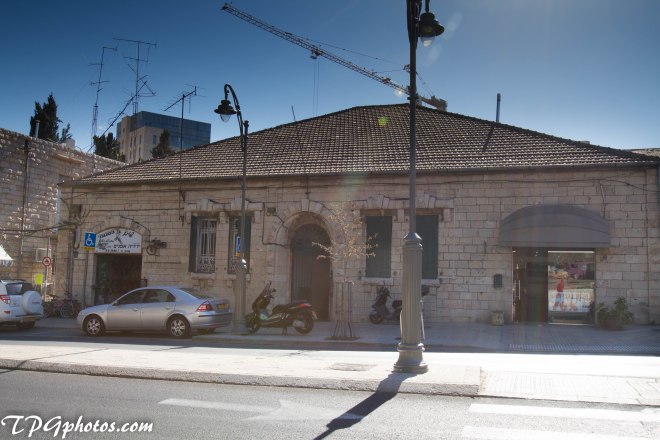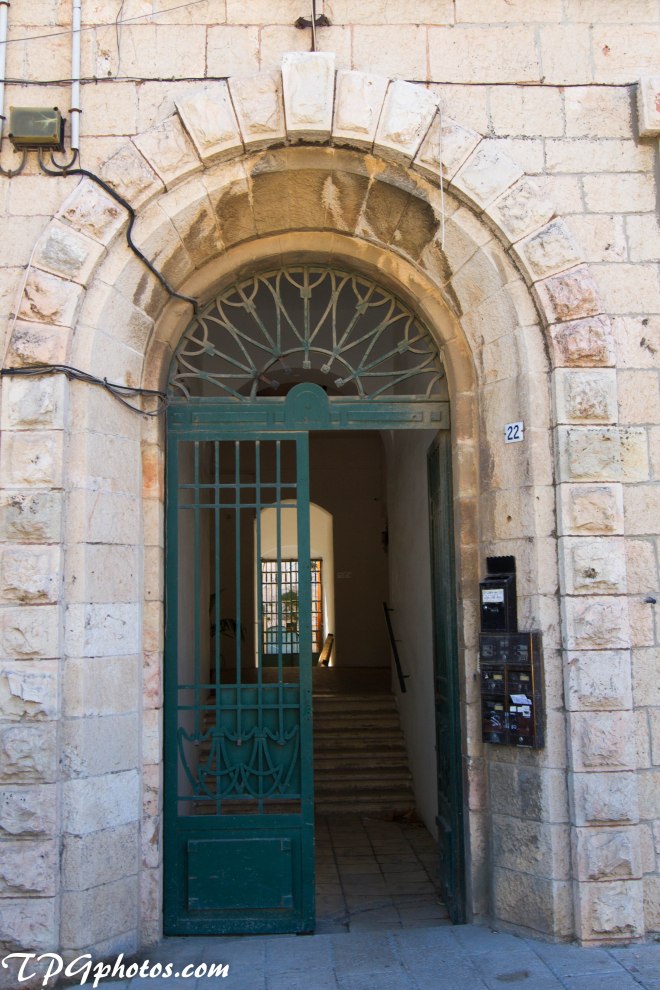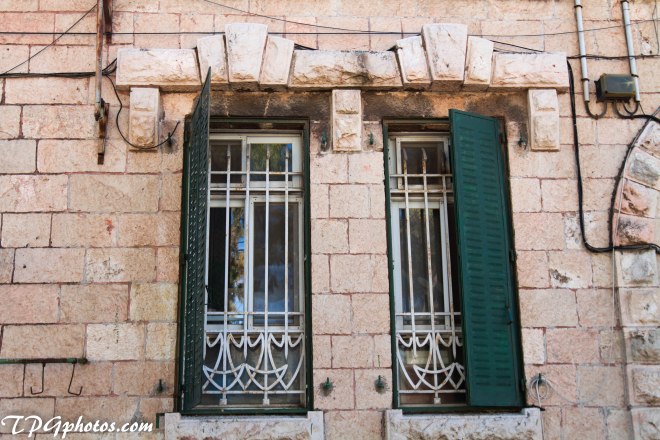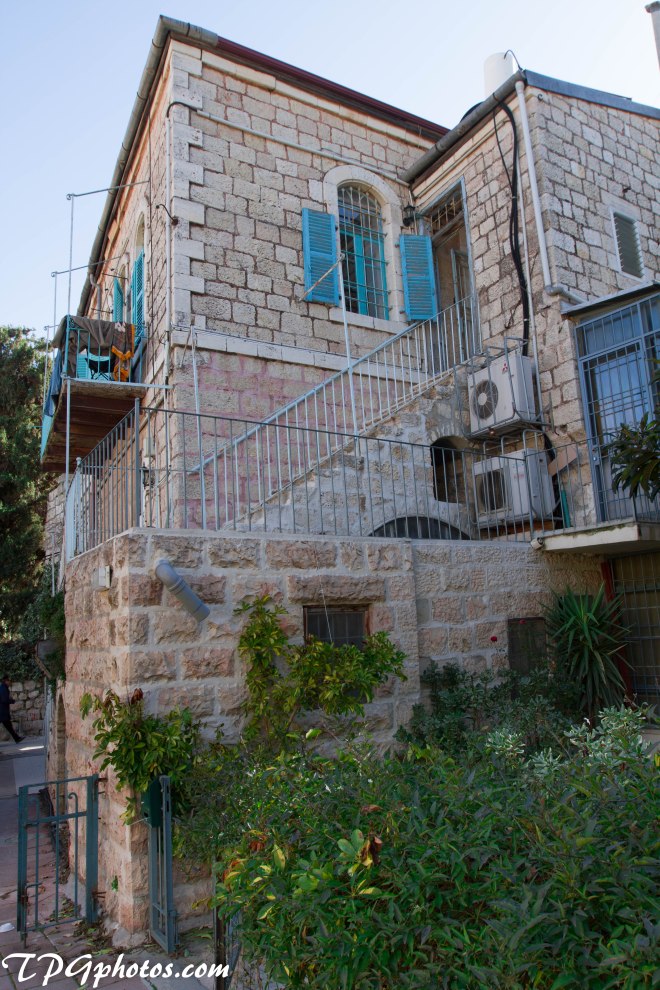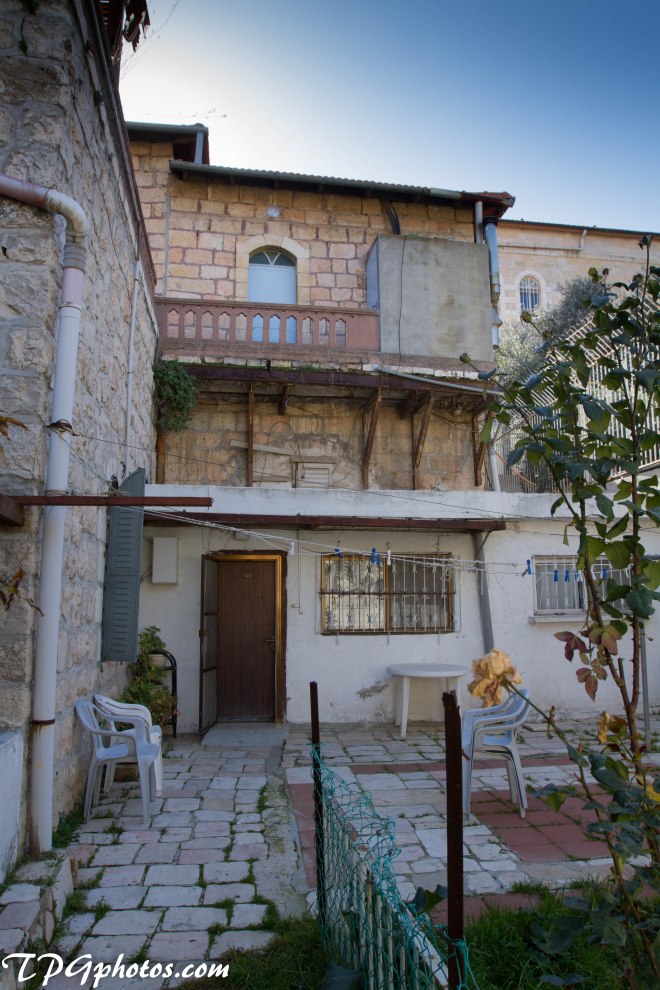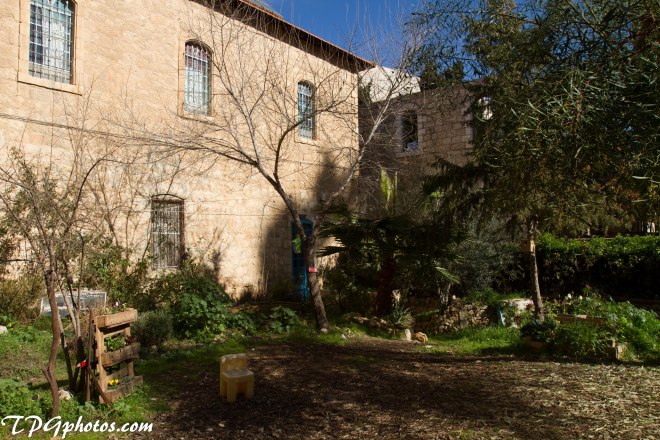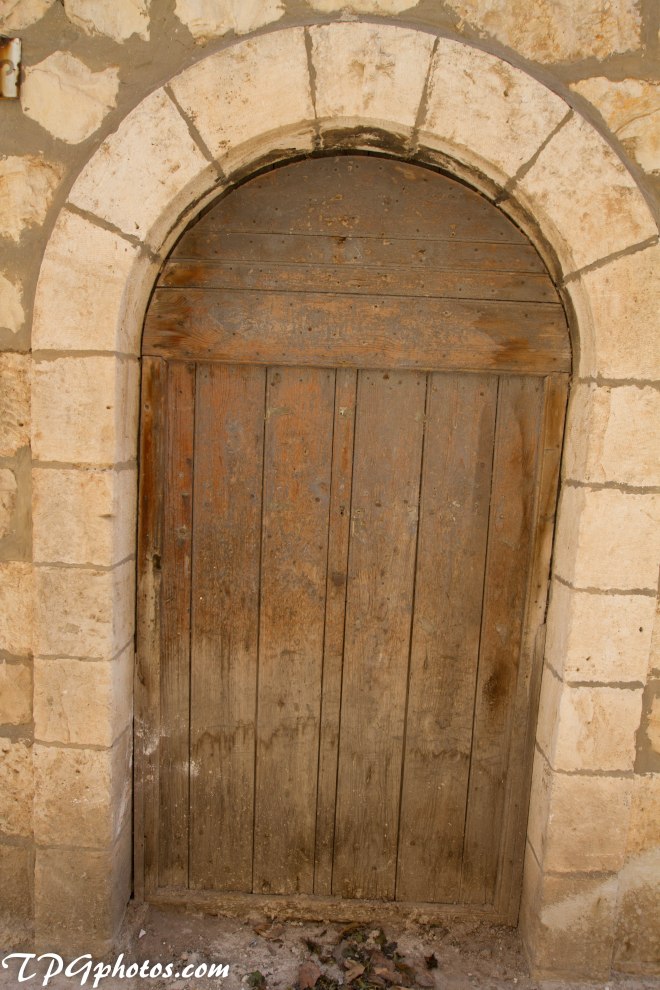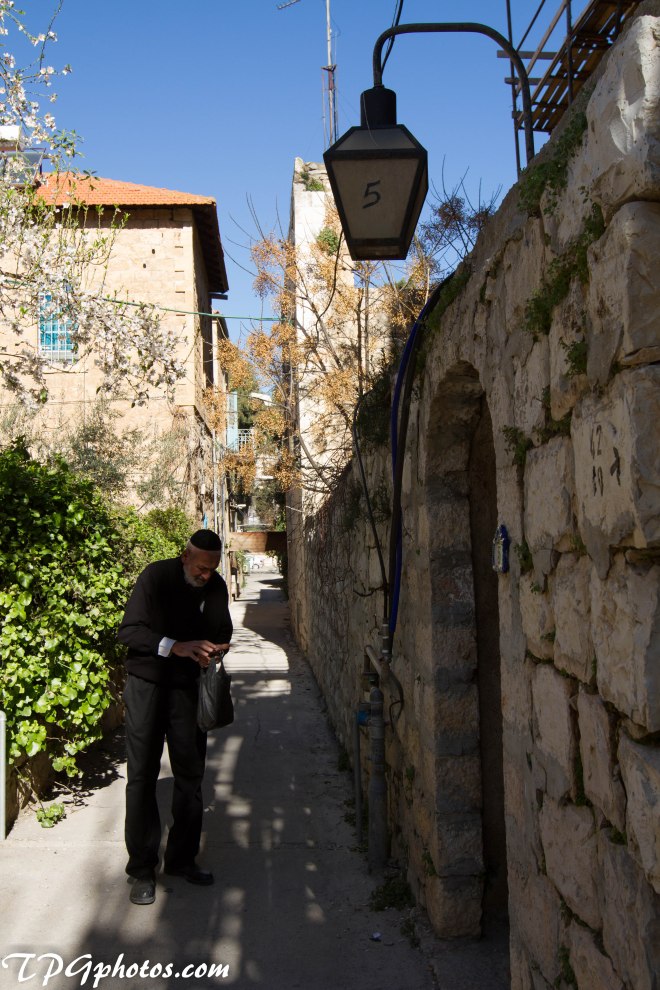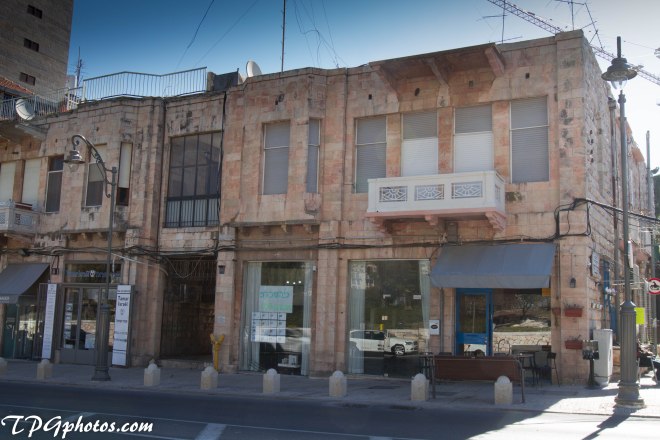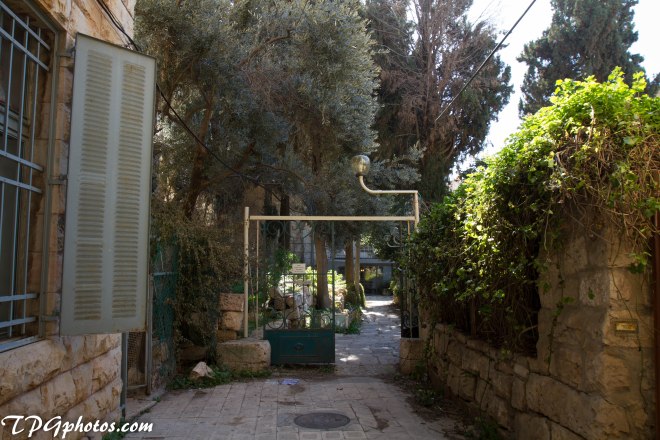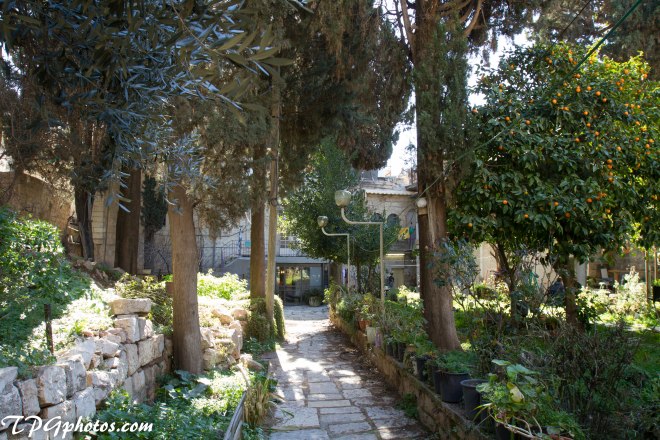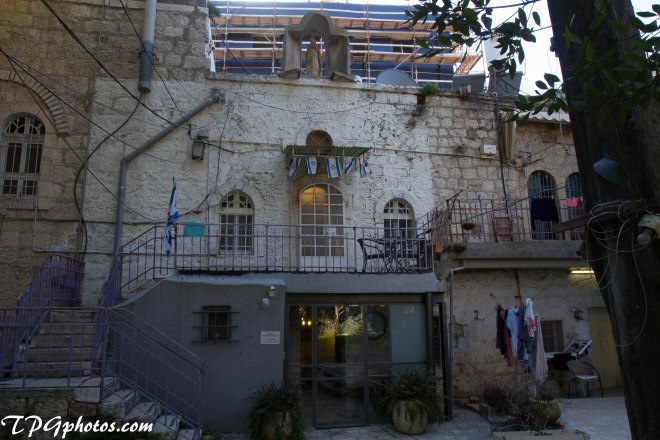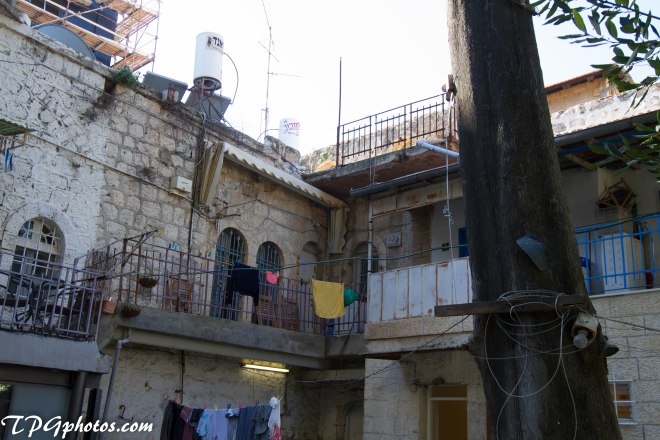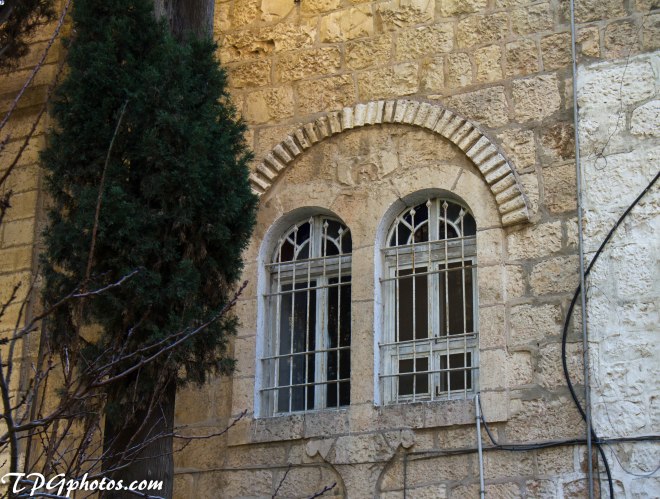The central bus station in Tel Aviv is certainly the ugliest building in Israel, and probably one of the ugliest in the world. Planned in the 1960s by the architect Ram Karni, this horrible building occupies seven floors and almost 5 city blocks in southern Tel Aviv. The cavernous building was built to be the biggest bus station in the world (and is now the second biggest, after New Delhi); however, much of it is empty either by design (the air pollution is so bad that the authorities evacuated the first two floors) or by default (the shop owners went bankrupt because of the lack of traffic.
Karni designed the station as a maze and a city under a roof. He hoped that by getting lost in the maze, people would wander around and buy things. The building was planned for a half-million people a day, but even on the best days, only 70,000 people come to the building, and most of those try to exit as soon as possible because of the sheer monstrosity of the building.
We took a tour on a Saturday afternoon, when the building was almost empty. Surreal.
The top floor is very interesting, a long line of exciting and innovative graffitti.



Foreign workers flock to the third floor where there are a variety of grocery stores for Filipino and African food, as well as restaurants serving the foreign worker clientele.

As you descend into the bowels of the building, it becomes spookier and spookier, darker and darker and the old abandoned stores become some strange galleries.


And we go further down to the forbidden first and second floor. The area is filled with abandoned stores where the owners still have to pay for the utilities (water and electricity). Many families have gone bankrupt. Surreal.
Once there was life here, people came and shopped, but now it’s just a ghost town





On the bottom level (now 4 floors underground), we find a nuclear bomb shelter.


And we reach the immense and ghostly parking lot, where if you’re lucky you can see the permanent residents of the building: bats.

